Nature has a way of surprising us when we least expect it. As winter settles across America, something remarkable is happening in our forests, rivers, and wilderness areas. Species once pushed to the brink of extinction are making extraordinary comebacks, creating opportunities to witness conservation success stories unfolding right before our eyes.
From majestic raptors soaring through frosty skies to salmon spawning in newly freed rivers, winter offers unique chances to see these recovery victories in action. The cold months often provide the clearest viewing conditions and bring many species into closer contact with observers. Let’s dive into these inspiring tales of resilience and see where you can witness nature’s incredible power of recovery.
Bald Eagles Reclaiming Their Winter Territories

Bald Eagles have made a strong comeback in Vermont and throughout the U.S. thanks to conservation efforts, and Vermont now hosts at least 40 territorial pairs. Winter transforms the American landscape into a stage for one of conservation’s greatest success stories.
From December through February, these magnificent birds gather along the wooded bluffs along the Mississippi River to spend the winter, providing amazing Bird Watching and photo opportunities. The open waters near locks and dams become eagle highways, where you can witness their incredible fishing skills in action.
Salmon Return to the Klamath River After Century of Absence
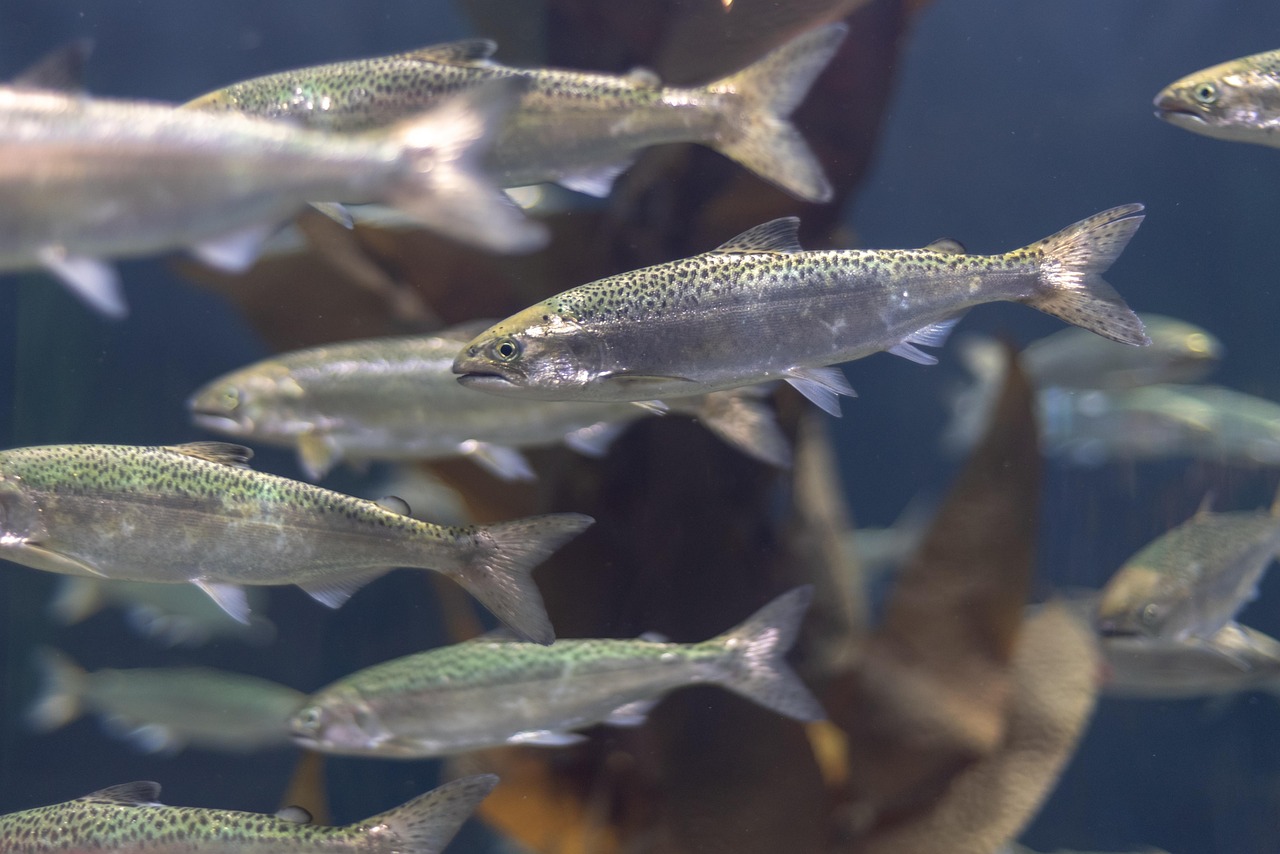
Just weeks after the removal of four dams from California’s Klamath River, biologists spotted Chinook salmon spawning in the river’s upper reaches for the first time in a century. This monumental achievement represents one of the most dramatic wildlife comebacks in recent history.
They swam past young willows and other new growth creating riparian shelter in what had only recently been the murky bottom of a reservoir, with other species sure to benefit including coho salmon, steelhead, and lamprey. Witnessing these determined fish navigating newly accessible waters feels like watching history remake itself.
Red-Cockaded Woodpeckers Rise from Near Extinction
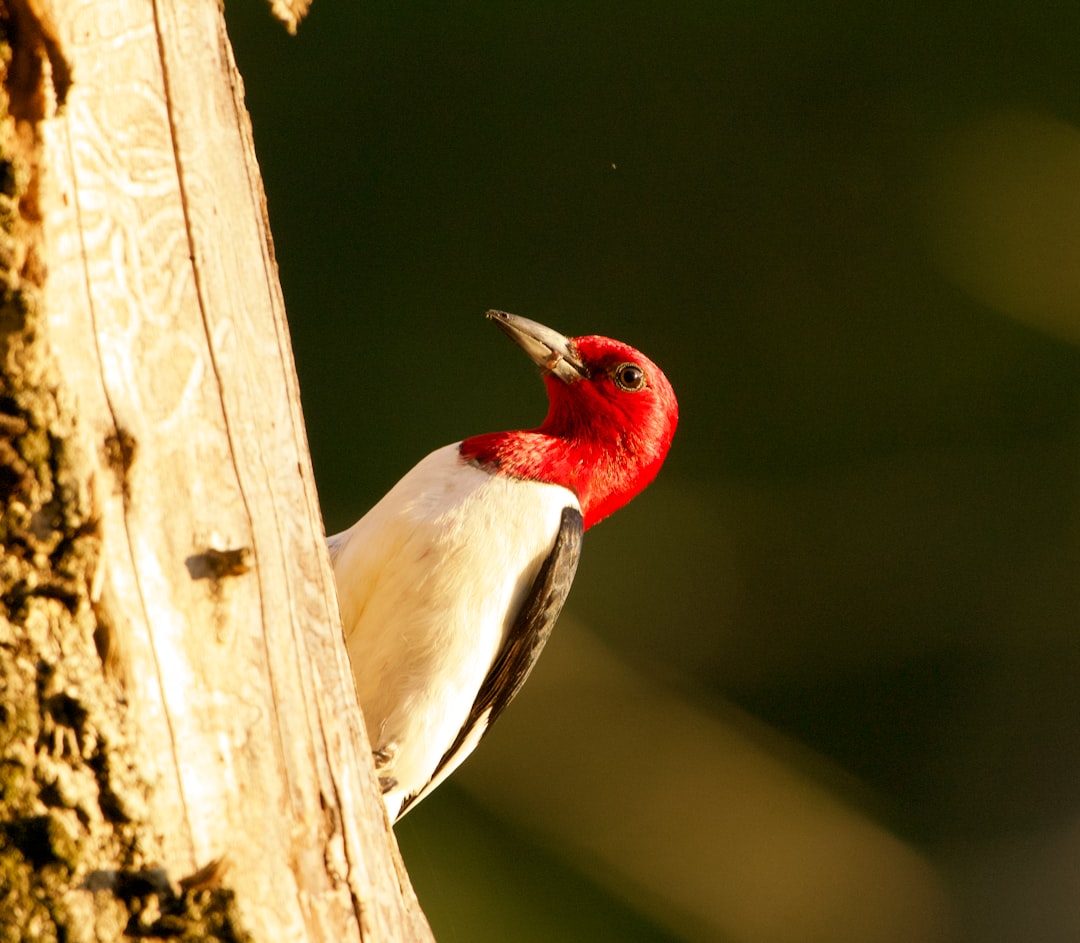
One of our favorite animal comeback stories has been the red-cockaded woodpecker, an iconic species native to southeastern U.S. pine forests that has rebounded from 1,470 nest clusters in the 1970s to over 7,800 today. This recovery demonstrates how targeted conservation efforts can achieve seemingly impossible results.
One of the most inspiring conservation stories in American history is playing out on, of all places, a live-fire training ground at an Army base in North Carolina. Military installations have become unexpected sanctuaries where these unique woodpeckers thrive in managed longleaf pine ecosystems.
Gray Wolf Populations Expanding Across Multiple States
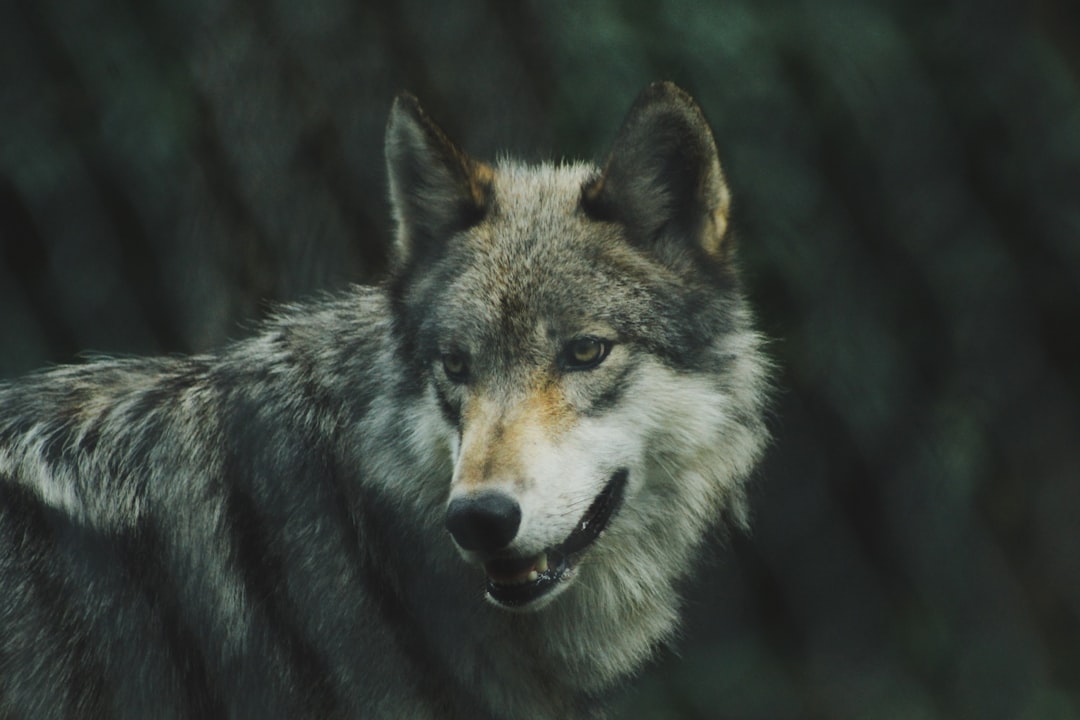
Fifteen wolves were translocated from the central interior of British Columbia to Colorado, with all wolves released in Eagle and Pitkin counties, continuing the agency’s efforts to create a permanent, self-sustaining gray wolf population in Colorado. The sight of wolf tracks in fresh snow tells a story of return and restoration.
In 2023, the number of Mexican gray wolves increased again for the eighth consecutive year, with a minimum of 257 wolves in the wild in Arizona and New Mexico – a record for the reintroduction effort. These subspecies recovery efforts showcase the power of dedicated scientific management and community cooperation.
Fishers Returning to Ohio After Decades of Absence
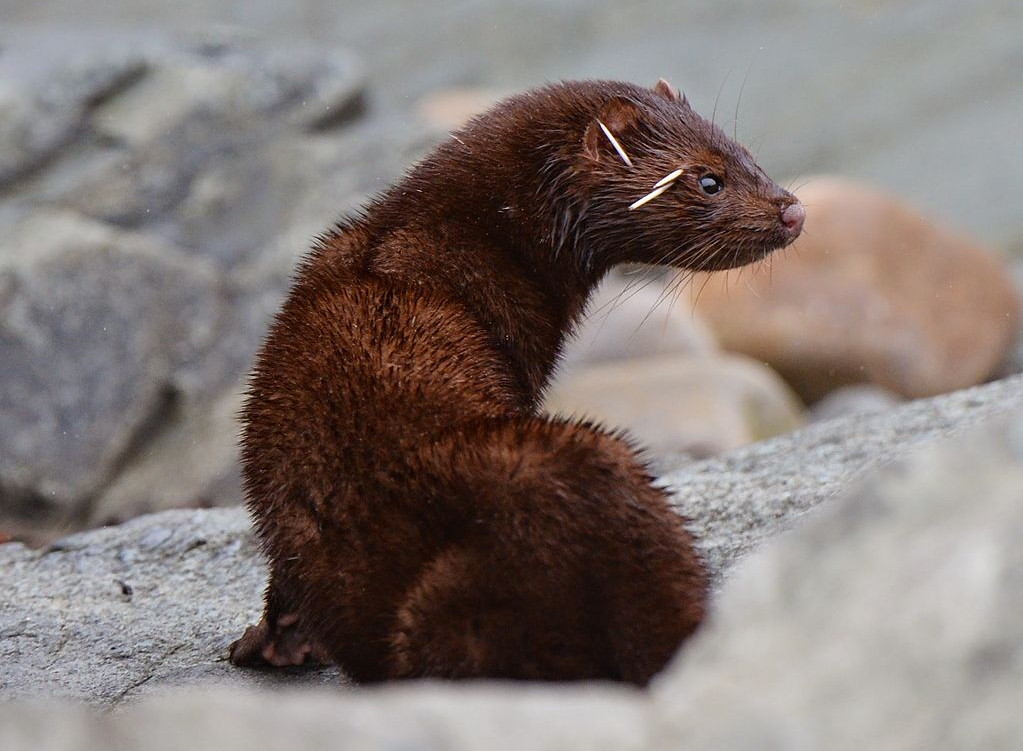
It started in 2013, when the midsize weasels moved westward from a successful reintroduction program in New York and Pennsylvania, with over 40 Ohio fishers reported since then – two-thirds in the past three years, indicating they may be reproducing locally. These elusive forest carnivores are quietly reclaiming their ancestral territories.
Ohio hosts parks, nature reserves, and even protected old-growth forests, and state engineers hope to incorporate wildlife passages into roads, which could minimize damage and speed up further recovery. Winter tracking in snow reveals their secretive movements through Ohio’s recovering woodlands.
Apache Trout Graduate from Endangered Species List

In 2024 two noteworthy species improved their endangered status, with Apache trout, Arizona’s state fish, recovering enough territory to graduate from the endangered species list entirely. This remarkable achievement represents decades of careful habitat restoration and population management in high-altitude streams.
Native to the White Mountains of eastern Arizona, these colorful trout now swim freely in cold, clear mountain streams where they were once thought lost forever. Winter offers pristine viewing opportunities in these crystal-clear waters, where their vibrant colors contrast beautifully against snow-covered banks.
Freshwater Mussels Making Quiet Comebacks in Southern Rivers

According to the best available science, the threats to the Chipola slabshell and fat threeridge mussels have been removed or lessened so that the species are no longer considered threatened or endangered, with stream restoration and bank stabilization projects helping move the needle for these species. These unsung heroes of aquatic ecosystems are staging remarkable recoveries.
Though less glamorous than eagles or wolves, these filter-feeding mollusks play crucial roles in maintaining water quality and supporting entire river ecosystems. Their recovery signals broader improvements in water quality and habitat restoration that benefit countless other species throughout southeastern waterways.
Poweshiek Skipperling Butterflies Emerge from Critical Danger
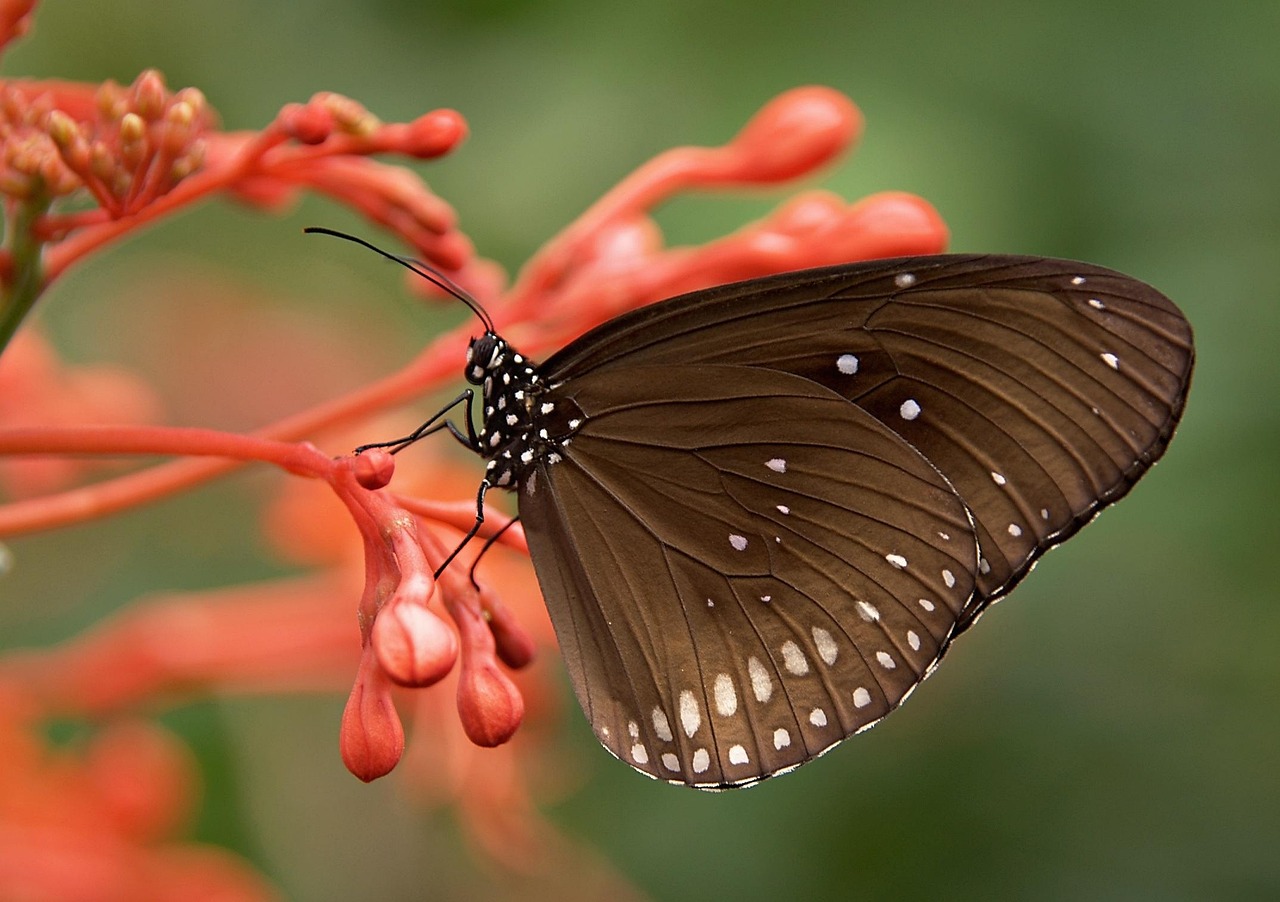
As a result of conservation efforts, the Poweshiek skipperling has exhibited an astounding population increase from about 250 individuals in 2013 to approximately 1,500 in captivity and ready to release in the U.S. in 2025. This tiny prairie butterfly represents one of the most dramatic insect conservation successes in recent memory.
Conservationists have established successful rearing and breeding facilities for the two butterfly species, something that had never been attempted before, and oversaw the first reintroductions of these butterflies in the United States. While winter may seem an unlikely time to celebrate butterfly recovery, these captive populations represent hope for spring releases that will bring vibrant life back to prairie ecosystems.
White Buffalo and Rare Wildlife Phenotypes Capture Hearts
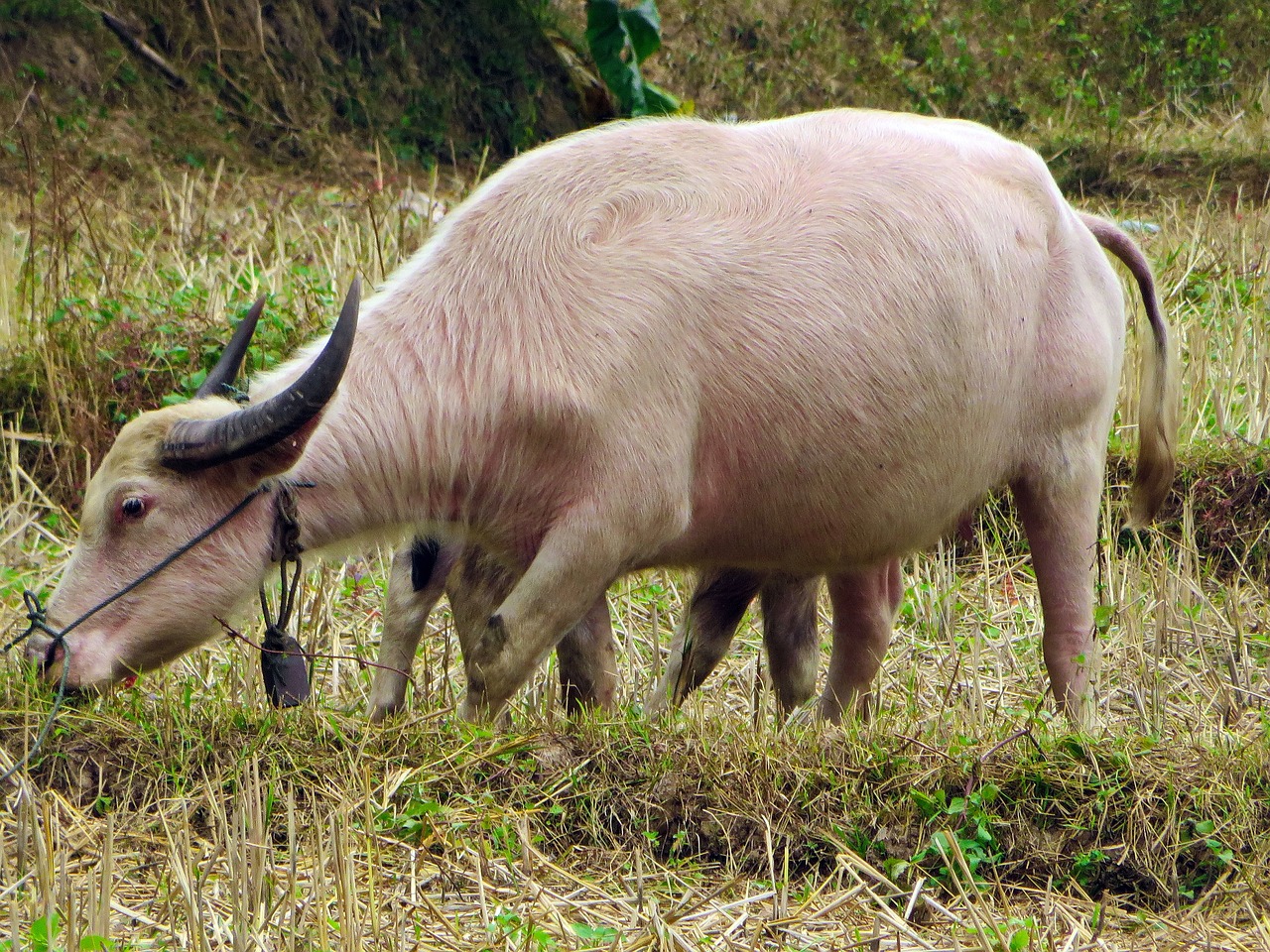
2024 also saw three unique cases of leucistic animals, who are born mostly white, including in Yellowstone where Lakota people celebrated the rare birth of a white bison, an event connected to ancient prophecies. These extraordinary sightings remind us of nature’s endless capacity for wonder and mystery.
A white buffalo was born June 4, 2024, and fulfills a prophecy that teaches that spiritual unity is of essence to our survival. Such rare occurrences connect scientific conservation with cultural significance, showing how wildlife recovery touches hearts and spirits as much as ecosystems.
Winter offers us a unique window into these conservation triumphs unfolding across America. From the frozen rivers where eagles hunt to the snow-covered prairies where buffalo roam, these success stories prove that dedicated conservation efforts can bring species back from the edge of extinction. Each sighting becomes a celebration of what’s possible when science, policy, and passion work together.
What strikes me most about these comebacks is how they’re happening right now, in our lifetime, often in places we can easily visit. The next time you venture outdoors this winter, remember that you might be witnessing history in the making. What recovery story will inspire you to explore? Tell us in the comments about your own wildlife comeback experiences.




